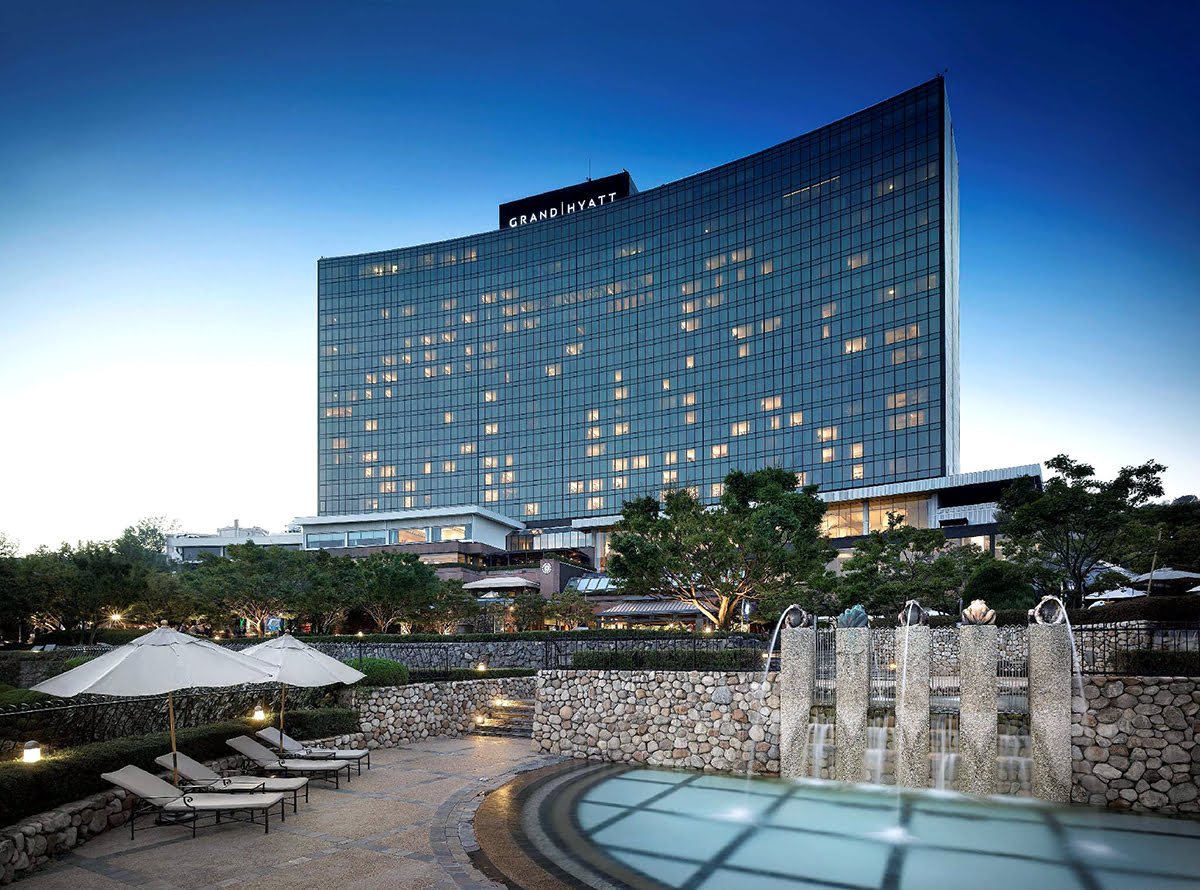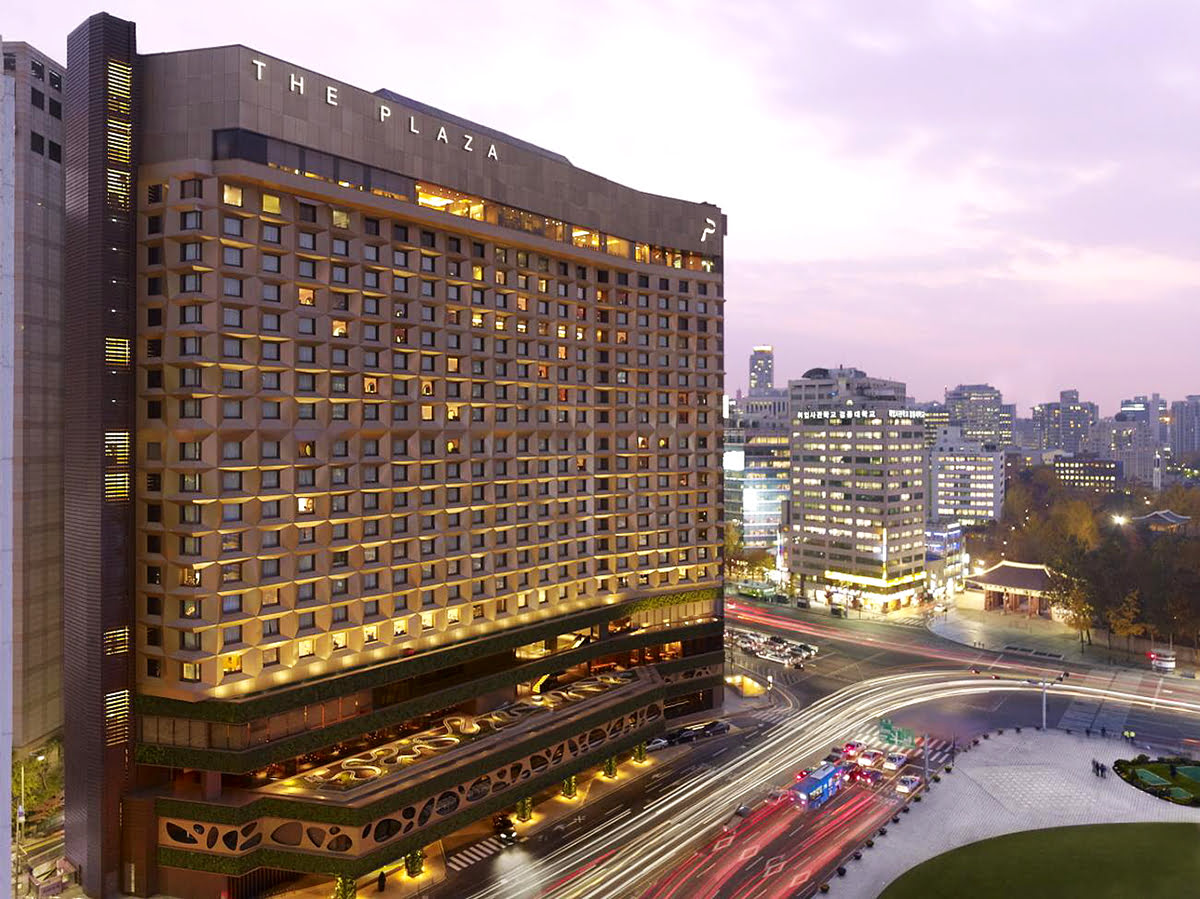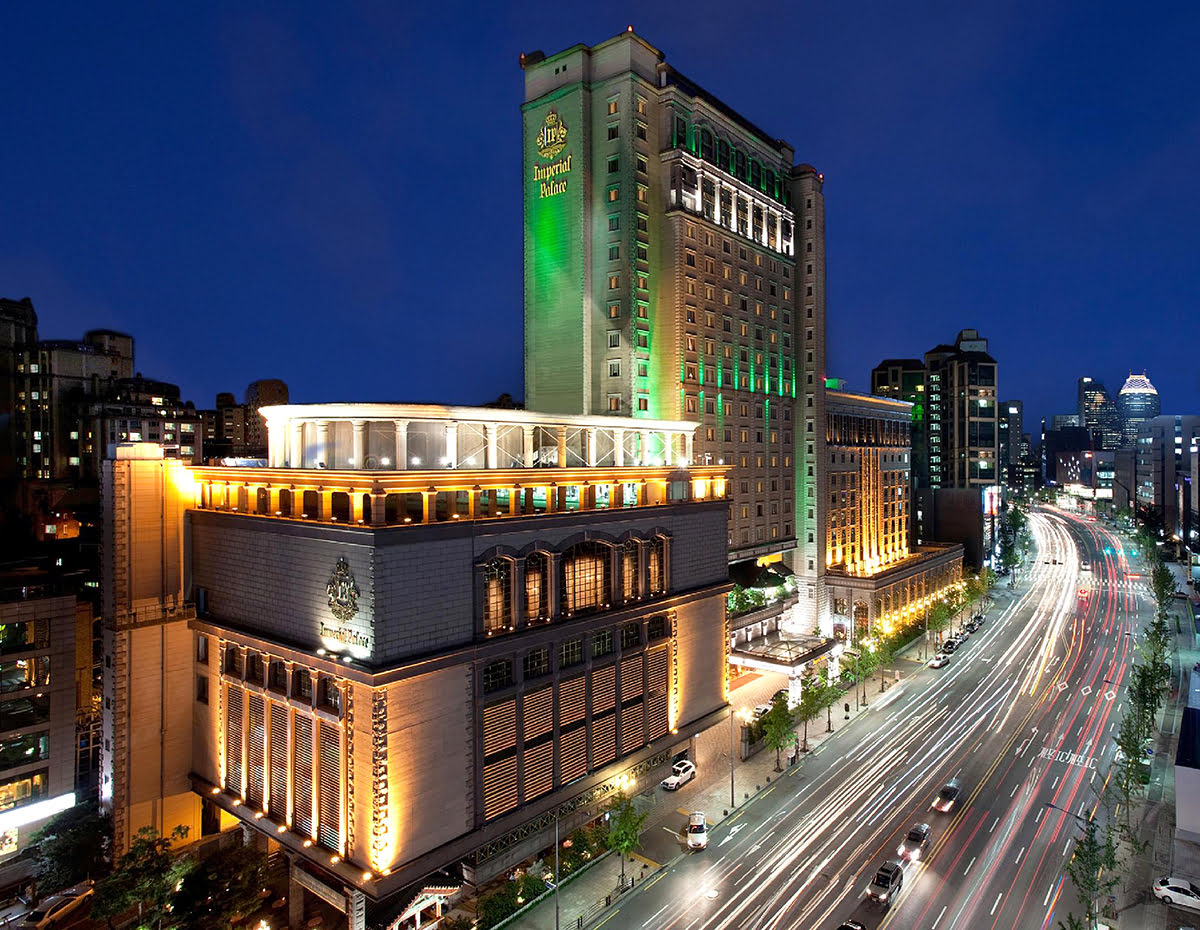
South Korea, a nation where ancient traditions seamlessly blend with cutting-edge technology, offers a travel experience that is both exhilarating and profoundly enriching. From the bustling metropolises of Seoul and Busan to the serene temples nestled amidst emerald mountains, this dynamic peninsula captivates with its vibrant culture, delectable cuisine, and breathtaking landscapes. To truly immerse yourself in this captivating country, choosing the right accommodation is paramount. This article delves into the best hotels in South Korea, while also providing a comprehensive guide to its top attractions, rich history, essential travel tips, diverse accommodation options, efficient transportation, and the optimal times to visit.
A Tapestry of Time: A Glimpse into South Korea’s History
South Korea’s history is a compelling narrative of resilience and transformation. Emerging from the Joseon Dynasty (1392-1897), a period marked by Confucianism and the development of its unique alphabet, Hangul, the nation faced periods of Japanese colonial rule and the devastating Korean War. Since the armistice in 1953, South Korea has experienced an unprecedented economic miracle, transforming into a global leader in technology, entertainment, and culture, famously dubbed the "Miracle on the Han River." This historical journey has shaped its identity, fostering a deep appreciation for tradition alongside a relentless drive towards innovation. Understanding this context enriches any visit, allowing travelers to appreciate the nuances of its society and the significance of its cultural heritage.

Related Articles about Beyond the Neon Glow: Discovering South Korea’s Best Hotels and Unforgettable Experiences:
- Switzerland: A Symphony of Peaks, Lakes, and Timeless Charm
- Ascend to the Clouds: An Unforgettable Journey Through Machu Picchu
- Tanzania: A Journey Through Adventure, Wildlife, and Culture
- Journey to the Kingdom: A Comprehensive Travel Guide to Saudi Arabia
- Beyond the Beaten Path and the Iconic Landmarks: A Grand Tour of the United Kingdom
Unveiling the Jewels: South Korea’s Top Attractions
South Korea boasts a diverse array of attractions catering to every interest:
Seoul: The Pulsating Heartbeat
- Gyeongbokgung Palace: The largest and most beautiful of Seoul’s Five Grand Palaces, it’s a stunning testament to Joseon Dynasty architecture. Witness the changing of the royal guard ceremony for an immersive historical experience.
- Bukchon Hanok Village: Wander through narrow alleyways lined with traditional Korean houses (hanoks), offering a glimpse into Seoul’s past. Many hanoks are now guesthouses or craft shops.
- Myeongdong: A shopper’s paradise, Myeongdong is renowned for its cosmetics, fashion, and street food. The vibrant atmosphere is infectious.
- N Seoul Tower: Perched atop Namsan Mountain, this iconic landmark offers panoramic views of the sprawling city, especially magical at sunset.
- Insadong: A cultural hub, Insadong is filled with traditional tea houses, art galleries, antique shops, and souvenir stores.
- DMZ (Demilitarized Zone): A poignant and sobering experience, the DMZ offers a stark reminder of the Korean War and the ongoing division of the peninsula. Tours provide insights into the historical context and the current geopolitical situation.

Beyond the Capital:
- Busan: South Korea’s second-largest city, known for its beautiful beaches (Haeundae and Gwangalli), vibrant fish markets (Jagalchi), and colorful Gamcheon Culture Village.
- Jeju Island: A volcanic island paradise, Jeju offers stunning natural beauty, including Hallasan Mountain (South Korea’s highest peak), unique lava tubes (Manjanggul Cave), and picturesque beaches. It’s a UNESCO World Heritage site and a popular honeymoon destination.
- Gyeongju: The ancient capital of the Silla Kingdom, Gyeongju is often referred to as an "open-air museum." Highlights include Bulguksa Temple, Seokguram Grotto, and the Tumuli Park with its grass-covered royal tombs.
- Seoraksan National Park: Located in the northeastern part of the country, this park is a hiker’s paradise with dramatic granite peaks, pristine valleys, and ancient temples like Sinheungsa.
Navigating the Peninsula: Accommodation Options
South Korea offers a spectrum of accommodation to suit every budget and preference:
-
Luxury Hotels: For unparalleled comfort and service, South Korea’s top cities boast world-class luxury hotels. These establishments often feature exquisite design, fine dining, spa facilities, and breathtaking city or ocean views. Think of brands like The Shilla, Park Hyatt, Four Seasons, and the Mandarin Oriental.
- The Shilla Seoul: A legendary hotel with a rich history, it offers impeccable service, a renowned duty-free shop, and a beautiful traditional Korean garden. Its Michelin-starred restaurants are a culinary highlight.
- Park Hyatt Seoul: Located in the heart of Gangnam, this sleek and modern hotel provides stunning panoramic city views from its spacious rooms and rooftop bar.
- Four Seasons Hotel Seoul: Situated in the historic Gwanghwamun district, it offers a blend of contemporary luxury and traditional Korean aesthetics, with exceptional dining and spa services.
- The Westin Chosun Seoul: A historic hotel in the city center, it combines classic elegance with modern amenities, offering a prime location for exploring Seoul’s attractions.
- Signiel Seoul: Located within the Lotte World Tower, this ultra-luxury hotel offers unparalleled views of the city and an opulent experience from its high floors.
-
Boutique Hotels: For a more personalized and stylish experience, boutique hotels are an excellent choice. They often feature unique design elements, intimate atmospheres, and attentive service, providing a more local feel.
- Nine Tree Premier Hotel Myeongdong II (Seoul): Offering stylish rooms and a prime location in the bustling Myeongdong shopping district, it’s a great option for those seeking convenience and modern comfort.
- Glad Hotel Gangnam (Seoul): Known for its trendy design and vibrant atmosphere, Glad Hotel offers a comfortable and stylish stay in the heart of Seoul’s upscale district.
- Hotel Cappuccino (Seoul): This eco-friendly and pet-friendly hotel in Gangnam offers a unique and contemporary stay with a focus on sustainability.
-
Mid-Range Hotels: Offering a good balance of comfort, amenities, and affordability, mid-range hotels are plentiful across South Korea. You can expect clean rooms, essential facilities, and often convenient locations.
- L7 Hotels (various locations in Seoul): Part of the Lotte chain, L7 hotels offer stylish and contemporary accommodations with a focus on comfort and urban living.
- Hotel Skypark (various locations in Seoul): A popular choice for its good value and convenient locations, Hotel Skypark provides comfortable rooms and essential amenities.
-
Hanok Stays: For a truly authentic Korean experience, stay in a traditional hanok. These beautifully preserved houses offer a glimpse into historical Korean living, often featuring ondol (underfloor heating), traditional courtyards, and serene atmospheres.
- Rakkojae (Seoul): A renowned hanok village offering a luxurious and authentic experience, with beautifully restored hanoks and traditional Korean meals.
- Bukchon Hanok Village Guesthouses (Seoul): Numerous hanok guesthouses are scattered throughout Bukchon, offering a more intimate and budget-friendly way to experience this historic neighborhood.
- Hanok Village (Jeonju): Jeonju is famous for its well-preserved hanok village, with many guesthouses providing an immersive cultural experience.
-
Budget-Friendly Options: Hostels and guesthouses are widely available, especially in major cities, offering a cost-effective way to explore South Korea. These are great for solo travelers and those on a tight budget.
Mastering the Journey: Transportation in South Korea
South Korea boasts an incredibly efficient and extensive transportation network:
- High-Speed Rail (KTX): The KTX is the backbone of intercity travel, connecting major cities quickly and comfortably. It’s a fantastic way to see the country without wasting precious time.
- Subways: Major cities like Seoul and Busan have excellent subway systems that are clean, efficient, and easy to navigate, even for non-Korean speakers. Purchase a T-money card for seamless travel.
- Buses: An extensive bus network serves both intercity and local routes, offering a more budget-friendly option for reaching destinations not covered by the KTX.
- Taxis: Readily available in cities, taxis are generally affordable. Ensure the meter is used for longer journeys.
- Domestic Flights: For traveling to more distant locations like Jeju Island, domestic flights are convenient and often reasonably priced.
Essential Travel Tips for a Smooth South Korean Adventure
- Learn Basic Korean Phrases: While many Koreans in tourist areas speak some English, knowing a few basic phrases like "Annyeonghaseyo" (Hello) and "Gamsahamnida" (Thank you) will be greatly appreciated.
- Embrace the Food Culture: Korean cuisine is a highlight. Don’t be afraid to try street food, visit local markets, and indulge in staples like kimchi, bibimbap, and Korean barbecue.
- Stay Connected: Pocket Wi-Fi devices or local SIM cards are readily available and highly recommended for navigation and communication.
- Respect Local Customs: South Korea has a strong emphasis on respect. Be mindful of etiquette, such as removing your shoes before entering homes and some restaurants, and bowing slightly when greeting elders.
- Currency: The currency is the South Korean Won (KRW). Credit cards are widely accepted, but it’s good to have some cash for smaller vendors and markets.
- Tipping: Tipping is not customary in South Korea.
- Public Bathrooms: Public restrooms are generally clean and well-maintained. Carry your own tissues as they are not always provided.
- Emergency Numbers: Dial 112 for police and 119 for fire and medical emergencies.
The Perfect Time to Visit: Embracing the Seasons
South Korea experiences four distinct seasons, each offering a unique charm:
- Spring (March to May): This is arguably the most popular time to visit. The weather is pleasant, with blooming cherry blossoms and other flowers creating a picturesque landscape, especially in April. Temperatures are mild, perfect for outdoor exploration.
- Summer (June to August): Summers are hot and humid, with a monsoon season typically from late June to July. While it can be challenging for outdoor activities, it’s a great time for beach destinations like Busan and Jeju.
- Autumn (September to November): Another prime season, autumn offers crisp, clear skies and stunning fall foliage. The vibrant reds, oranges, and yellows of the changing leaves create a breathtaking spectacle, particularly in national parks.
- Winter (December to February): Winters are cold, with snow common, especially in mountainous regions. This is an ideal time for winter sports like skiing and snowboarding, and for enjoying festive holiday decorations in cities.
Conclusion: A Journey of Discovery Awaits
South Korea is a country that consistently surprises and delights. From the opulent comfort of its best hotels to the captivating allure of its historical sites and the vibrant energy of its modern cities, there is an experience for every traveler. By understanding its rich history, planning your itinerary with its diverse attractions in mind, and embracing the practical travel tips, your journey to South Korea will undoubtedly be an unforgettable adventure. So, pack your bags, open your mind, and prepare to be captivated by the magic of the Land of the Morning Calm.





